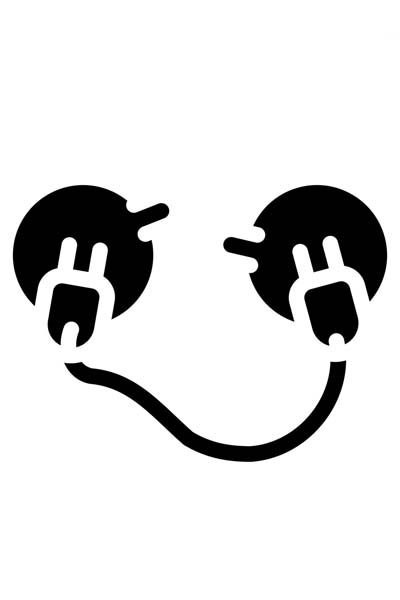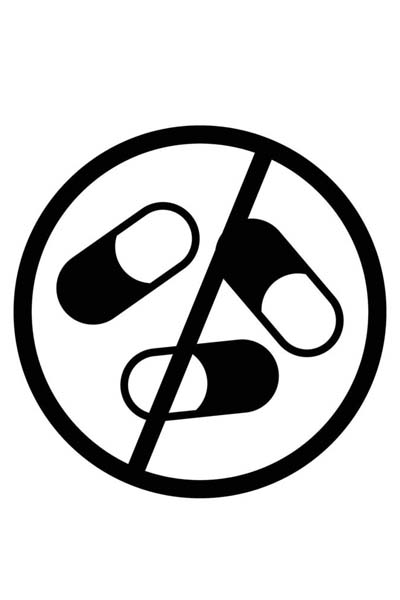Stimulant Intoxication
Clinical Presentation: Physiological: Dilated pupils, diaphoresis (profuse sweating) often with chills, hypertension (elevated blood pressure), tachycardia with or without arrhythmia and chest pain, bradycardia, hyperthermia, suppressed appetite, weight loss, bruxism (teeth grinding), insomnia or decreased need for sleep, tremors, seizures (mostly for cocaine users), headache
Psychological/Behavioural: Euphoria, heightened sense of well-being, increased vigour, giddiness, and sense of enhanced mental acuity and performance, agitation, restlessness, irritability, rapid shifts in thinking, poor concentration, grandiosity, exaggerated self-esteem, hypervigilance, with increased curiosity about the environment, fearlessness, suspiciousness, aggression and emotional lability, with potential for violence.
Stimulant Use Disorders Symptoms
The diagnosis of stimulant use disorder can be given to someone who has a pattern of problematic use, leading to at least two of the following problems within a 12 month period:
- Taking more stimulants than intended
- Unsuccessful in trying to cut down or control use of stimulants, despite wanting to do so
- Spending excessive amounts of time to activities surrounding stimulant use
- Urges and cravings for stimulants
- Failing in the obligations of home, school or work
- Continuing to use stimulants, even though it has to lead to a relationship or social problems.
- Giving up or reducing important recreational, social, or work-related activities because of using stimulants
- Using stimulants in a way that harms your body
- Continuing to use stimulants even while knowing that it is causing or worsening a physical or psychological problem
- Tolerance to stimulants
- Withdrawal from stimulants if you don’t take them
-
What are the risk factors for stimulant use disorder?
- Some individuals may use stimulants to control weight to improve performance in school, work, or athletics
- Bipolar disorder, schizophrenia, antisocial personality, and other substance use disorders are risk factors.
- Stimulant smoking and intravenous use can lead to a rapid progression to severe levels of stimulant use disorder, which can escalate over weeks to months
- With chronic use, there is a significant decrease in pleasurable effects due to tolerance and a significant increase in dysphoric effects
Stimulant Use Disorder Approach
Cognitive Behavioral Therapy is the most effective treatment for stimulant use disorder. One such method, contingency management, gives patients tangible rewards for positive behaviors, aiding their efforts to stop using stimulants.
Cognitive Behavioral Therapy, which helps to identify and modify damaging thinking and behavior, can also help people overcome their compulsion.
For early or less severe use disorders, motivational interviews can be effective: These help to turn ambivalence about quitting into motivation to quit and can help patients fight the urge to use stimulants.
For information contact the Umeed Wellness Centre for opioid use disorder and substance abuse treatment (CSAT) at +91 880 072 7020 | +91 997 190 8875 or umeed.in@gmail.com
Always remember that you are not alone in this battle. We are with you!


